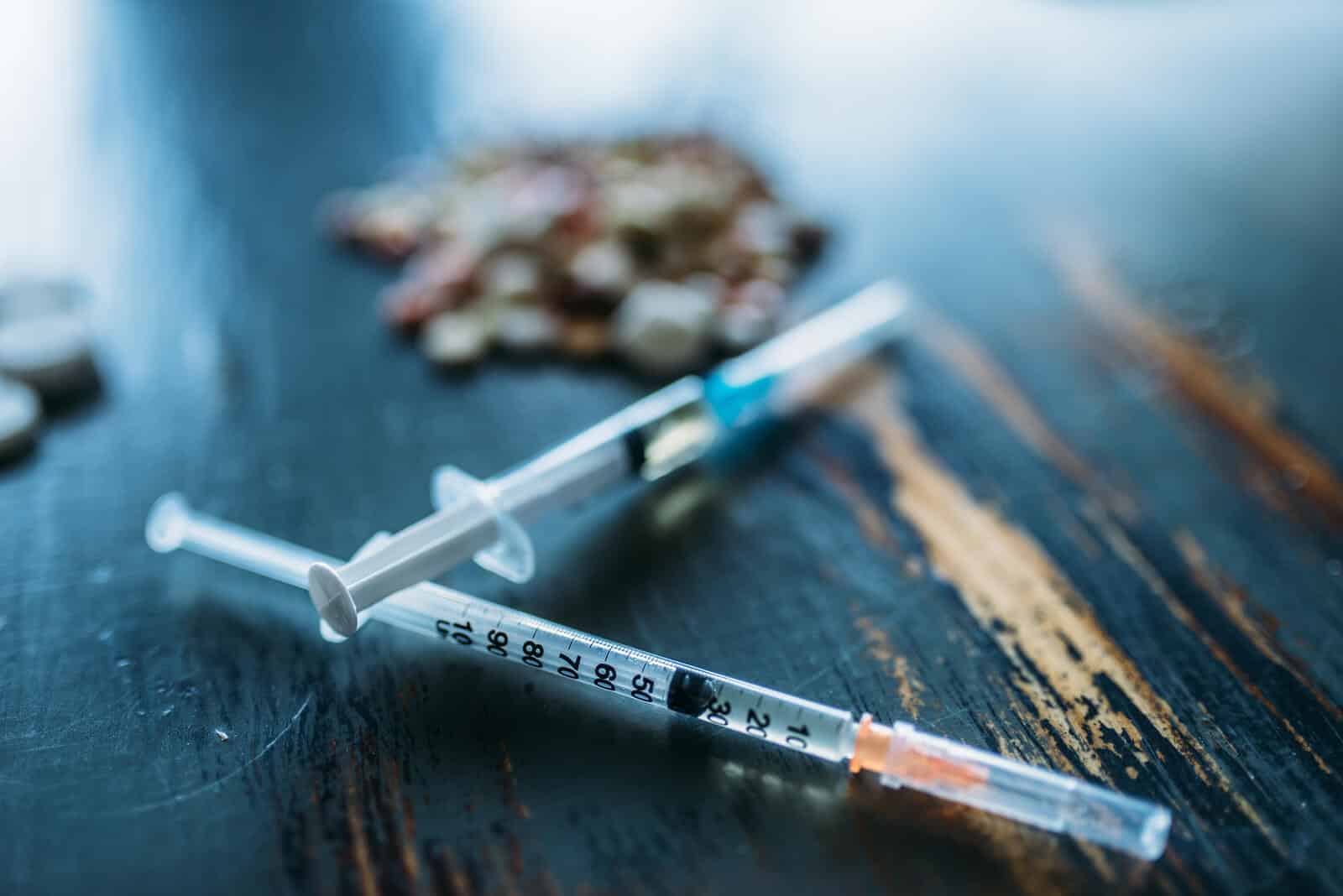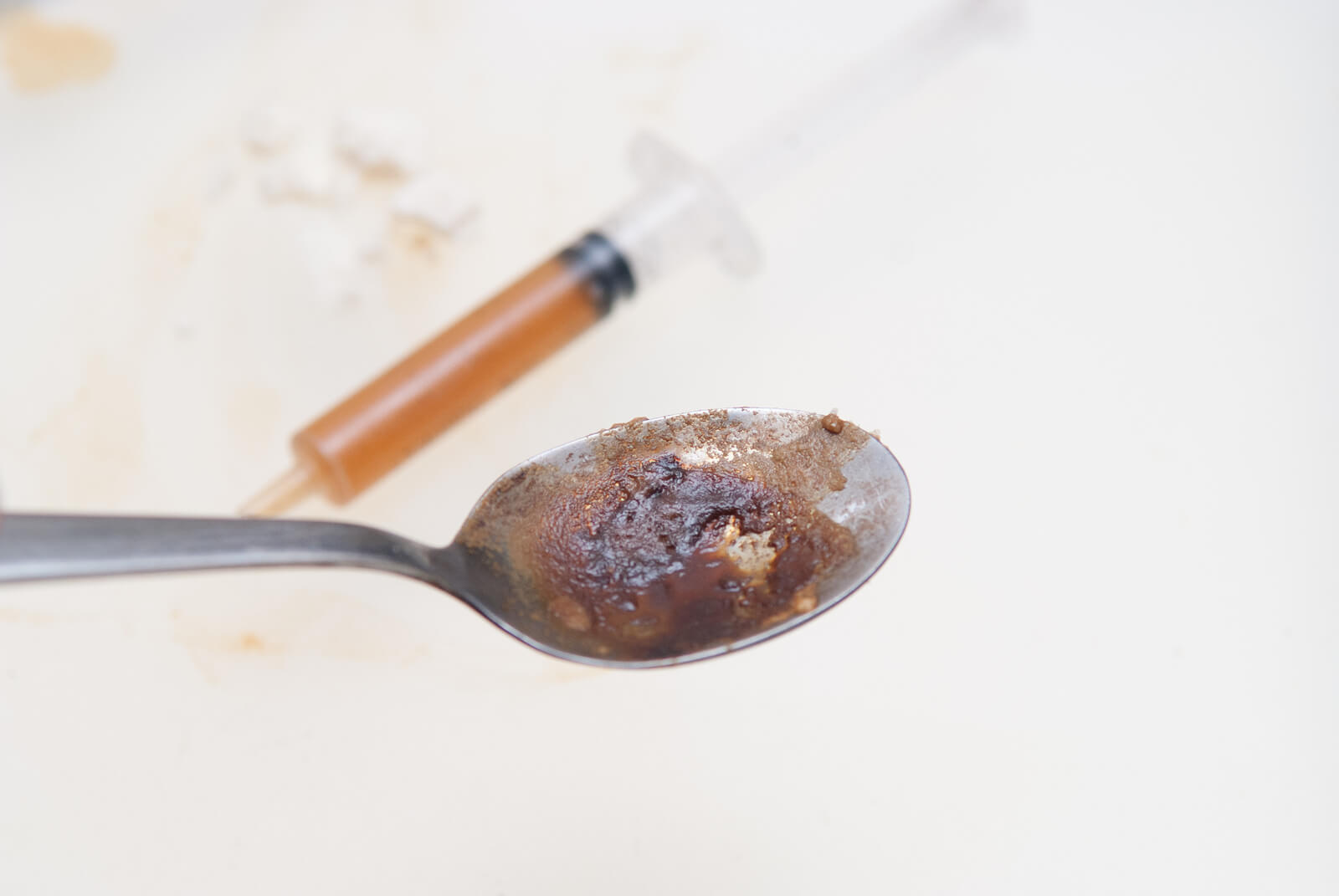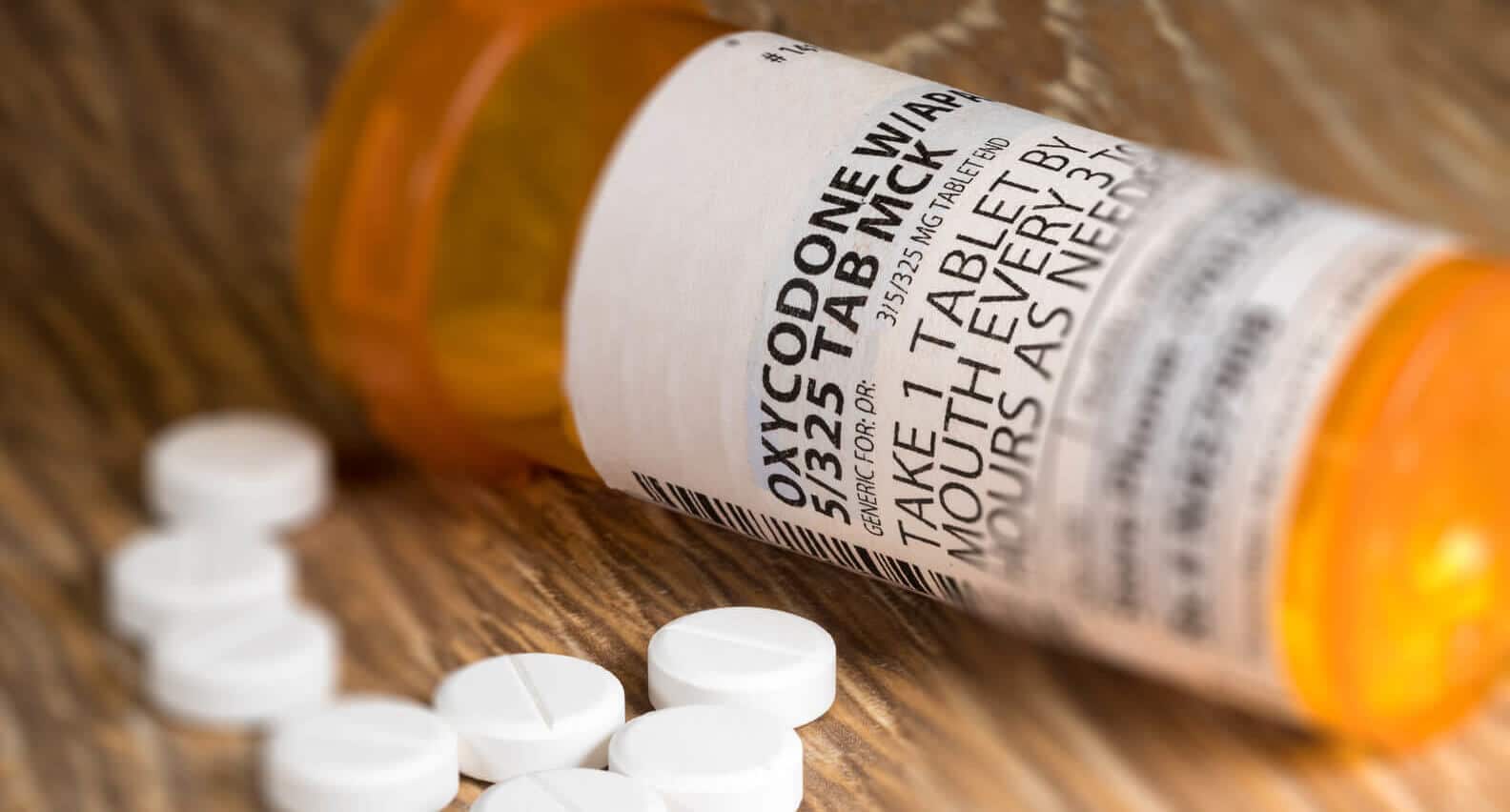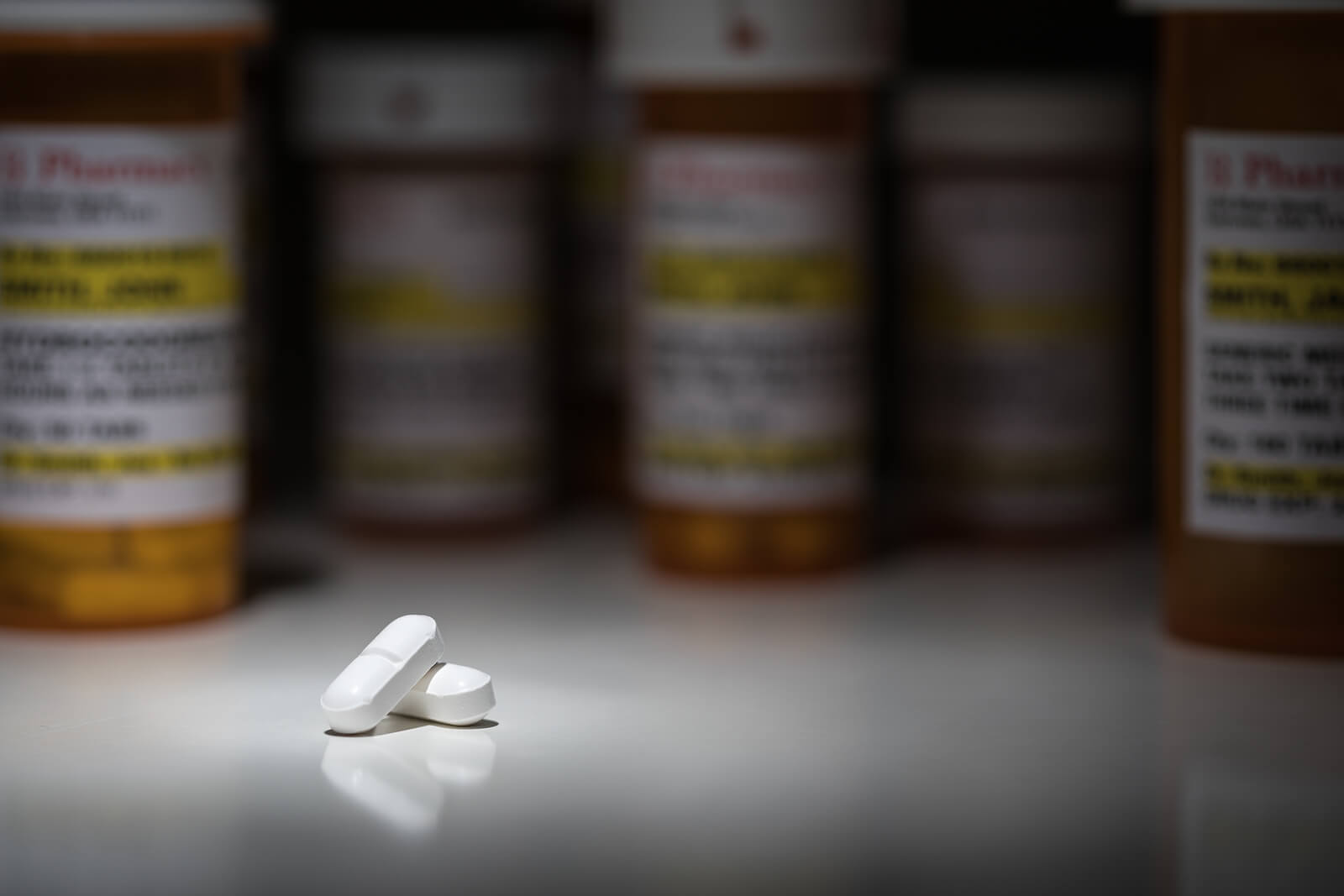
Alcohol abuse and addiction impacts people of all ages, genders, races, and walks of life. According to the National Institute on Alcohol Abuse and Alcoholism (NIAAA), an estimated 88,000 people die each year in the U.S. from alcohol-related deaths. In fact, alcohol continues to be one of the country’s top preventable causes of death, taking second place only to tobacco and a poor diet/sedentary lifestyle.
Alcohol abuse has a significant effect on the entire body, particularly the brain, mouth, heart, pancreas, liver and immune system. Despite its adverse impact, more Americans than ever before in the country’s history consume alcohol on a regular basis.
Understanding the hazards of alcohol use and its effect on society can help you, and your loved ones make healthier and better-informed choices.
Alcohol Statistics and Facts – United States
Prevalence of Alcohol Consumption
According to the National Survey on Drug Use and Health (NSDUH, 2015):
- More than 86% of individuals aged 18 or older reported that they consumed alcohol at some point in their lives.
- 70% reported that they drank in the past year.
- 56% reported that they drank in the past month.
Prevalence of Binge Drinking and Heavy Alcohol Consumption (NSDUH, 2015)
In the past month, nearly 27% of individuals aged 18 or older reported that in the past month they engaged in binge drinking and 7.0% reported that they engaged in heavy alcohol consumption.
Moreover, at least 65 million Americans report past-month binge drinking, which is more than 40% of current alcohol consumers.
Prevalence of Alcohol Use Disorder (AUD)
According to NIAAA, alcohol use disorder is a “chronic relapsing brain disease characterized by compulsive alcohol use, loss of control over alcohol intake, and a negative emotional state when not using.”
According to the 2015 NSDUH, more than 15 million adults aged 18 and older – 6.2% of this age group – had an alcohol use disorder. This number includes 9.8 million men (8.4% of men in this age group) and 5.3 million women (4.2% of women in this age group).
Less than 7% who had AUD in the past year received treatment. This stat includes 7.4% of men and just 5.4% of women with an AUD in this age group.
Women and Alcohol Consumption
- More than 45% of adult women reported consuming alcohol in the past month, and 12% of these reported binge drinking.
- Around 2.5% of women who consume alcohol meet the criteria for alcohol dependence.
- Approximately 50% of child-bearing age drink, and 18% of women in this group binge drink (defined as an average of five drinks per binge.)
- Women who binge drink are more likely to engage in unprotected sex, therefore increasing the risk of accidental pregnancy and sexually transmitted diseases (STDs).
- Women who consume alcohol while pregnant increase the risk of fetal alcohol syndrome, a condition characterized by mild to severe mental and physical congenital disabilities.
- Binge drinking substantially increases the risk of sexual assault on women, especially those residing in a college setting.
Men and Alcohol Consumption
- Nearly 60% of adult males report drinking in the past month, and of those, 23% report binge drinking five times per month at a rate of eight drinks per binge, on average.
- Men are twice as likely to binge drink as women and nearly twice as likely to be intoxicated while driving or be involved in a fatal traffic accident.
- An estimated 4.5% of men met the criteria for alcohol dependence in the past year.
- Excessive alcohol consumption by men increases aggression, thus raising the risk of committing a physical assault on another person.
- Excessive alcohol consumption is also a common factor in sexual assault and raises a man’s risk of engaging in unprotected sex, sex with multiple partners, and contracting an STD.
- Men are more likely than women to commit suicide while consuming alcohol.
- Among men, alcohol consumption increases the risk mouth, throat, esophagus, liver and colon cancers.
Underage Drinking
Frequency of Underage Alcohol Use
- Nearly one-third (33.1%) of teens of the age of 15 reports having consumed at least one alcoholic drink.
- According to a 2015 survey by the National Survey of Drug Use and Health (NSDUH), roughly 623,000 teenagers from ages 12 to 17 had an AUD.
- Of the 623,000 teens, 298,000 were male, and 325,000 were female, representing 2.3% and 2.7% from each 12 to 17 age group, respectively.
- Around 5.2% of teens with an AUD underwent treatment within the past year, including 5.1% of males and 5.3% of females with an AUD in each respective age group.
- Approximately 20.3% (7.7 million) of teens and young adults ages 12 to 20 report having drunk alcohol within the past month (19.8% of males and 20.8% of females in each age group).
Frequency of Binge Drinking
According to the NSDUH (2015), an estimated 5.1 million youths (about 13.4%) aged 12–20 (13.4% of males and 13.3% of females) reported binge drinking in the past month.
Prevalence of Heavy Alcohol Use
According to the NSDUH (2015), around 1.3 million youths (about 3.3%) ages 12–20 (3.6% of males and 3% of females) reported heavy alcohol consumption in the past month.
Consequences of Drinking Alcohol Underage
Studies suggest that alcohol use during the teenage years could interfere with normal teenage brain development and increases the risk of developing alcohol use disorder later in life. Also, underage drinking contributes to a variety of short-term consequences, including injuries, sexual assaults, and even fatalities, such as those caused by car accidents.
Teen alcohol consumption kills 4,700 people each year. That’s more than all illegal drugs combined.
Alcohol and College Students
Prevalence of Alcohol Use
According to the NSDUH (2015), 58% of full-time college students aged 18–22 consumed alcohol in the past month compared with 48% of other people the same age.
Prevalence of Binge Drinking
According to the NSDUH (2015), nearly 38% of college students ages 18–22 reported binge drinking in the past month compared with 32.6% of other people the same age.
Prevalence of Heavy Alcohol Use
According to the NSDUH (2015), 12.5% of college students aged 18–22 reported heavy alcohol consumption in the past month compared with 8.5%t of other people the same age.
Consequences—Researchers estimate that each year:
More than 1,800 college students between the18 and 24 years of age die from unintentional injuries related to alcohol use including motor-vehicle crashes.
Also, 696,000 students between ages 18-24 are assaulted by another student who has been drinking, and 97,000 students of the same age reported being the victim of sexual assault or date rape related to alcohol.
Around 1 in 5 (20%) of college students meet the criteria for alcohol use disorder, and about 1 in 4 report academic consequences related to drinking, such as missing class or falling behind, doing poorly on papers or exams a receiving lower grades.
Economic Burden of Drinking
Alcohol abuse cost the United States an estimated $249 billion in 2010, and around three-quarters of the total cost of alcohol was related to binge drinking. What’s more, drinking and driving cost the U.S. $199 billion each year.
Alcohol and the Body
In 2015, of the more than 78,500 deaths due to liver disease among individuals ages 12 and older, 47% involved alcohol.
Among males, nearly 49,700 liver disease deaths occurred and 49.5% involved alcohol. Among females, 28,834 liver disease fatalities occurred and 43.5% were related to alcohol.
Among liver cirrhosis deaths in 2013, nearly 48% were related to alcohol. The proportion of alcohol-related cirrhosis was greatest (76.5%) among deaths of people from ages 25–34, followed by deaths of people ages 35–44 (70%.)
In 2009, alcohol-related liver disease was the main cause of almost 1 in 3 liver transplants in the U.S.
Alcohol consumption increases the risk of cancers of the mouth, esophagus, larynx, pharynx, liver, breast, and colon, and rectum.
Alcohol-Related Fatalities
In 2014, alcohol-related driving deaths accounted for nearly 10,000 fatalities or 31% of overall driving deaths.
Alcohol poisoning kills six people each day. Of those, more than three-quarters (75%) are adults aged 35-64, and three of every four people killed by alcohol poisoning/overdose are male.
The group with the most alcohol poisoning fatalities per million people is American Indians/Alaska Natives at 49 per 1 million.
Treatment for Alcoholism
Alcoholism is a devastating and life-threatening disease, but fortunately, it can be effectively treated using a comprehensive, evidence-based approach that includes psychotherapy, counseling, and group support.
Treatment programs are available in inpatient, partial hospitalization, and outpatient formats. Regardless of program design, professional staff who specialize in addiction help patients by providing them with medical and mental health care, as well as the tools they need to achieve a long-lasting recovery.
If you or a loved one are suffering from alcoholism, please contact us as soon as possible. No one should have to do this alone – we can help!










